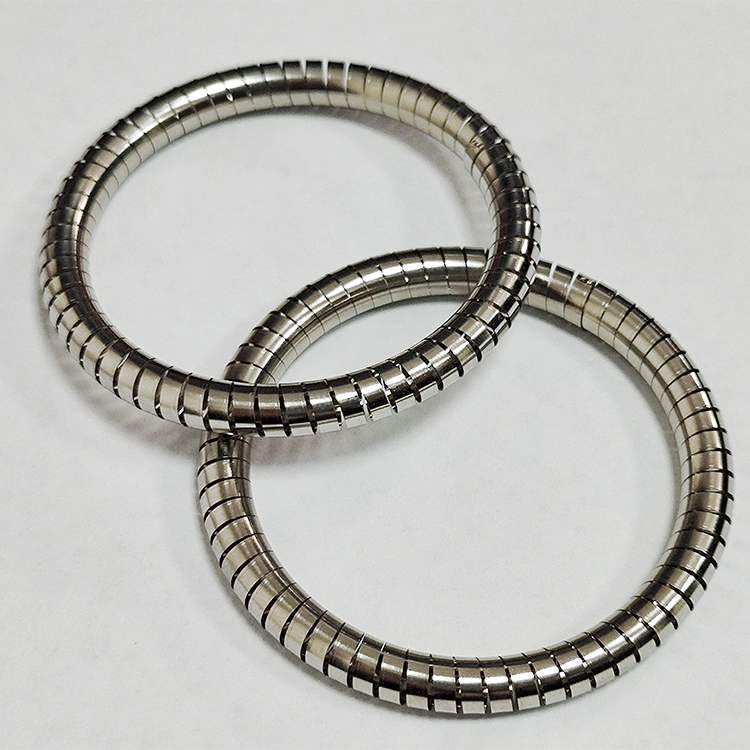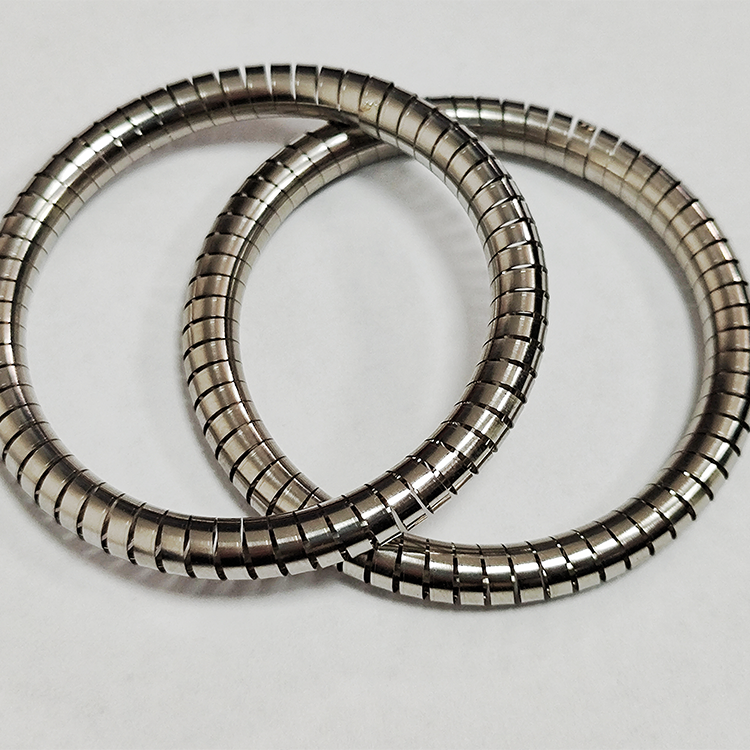To find the right size for helical springs, you need to consider several key dimensions: outer diameter, inner diameter, wire diameter, total coils, free length, and body length. These dimensions are crucial for determining the spring’s load capacity, deflection, and rate.
Outer Diameter and Inner Diameter: The outer diameter should be larger than the inner diameter to accommodate the spring’s coils. The gap between these two dimensions determines the spring‘s load capacity. If the spring is going inside a hole, ensure there’s enough clearance. For shafts, the inner diameter should fit snugly but not too tight to prevent settling.
Wire Diameter: This influences the spring’s rate and load capacity. The wire’s thickness affects how quickly the spring can compress or decompress.
Total Coils: The number of coils affects the spring’s load capacity and lifespan. More coils mean greater capacity and longevity but also a larger size.
Free Length: This is the unloaded and fully extended length of the spring. It’s calculated by adding the spring’s length to its free length, which is important for determining the maximum deflection.
Body Length: This is the length of the spring when fully compressed, calculated by subtracting the free length from the total length.

Once you’ve determined these dimensions, you can use a spring calculator to ensure the spring meets your application’s requirements in terms of load capacity, deflection, and rate. It’s also important to consider the material and wire type of the spring, especially if it needs to resist high temperatures, moist environments, or if it must be non-magnetic. Different materials have varying tensile strengths, which can significantly affect the spring’s performance.

For spring installation, if it’s going over a shaft or inside a hole, ensure there’s adequate clearance to prevent settling. If there’s a risk of buckling, consider using double closed and ground ends or a different type of compression spring, such as conical, convex, or concave, to provide better support.